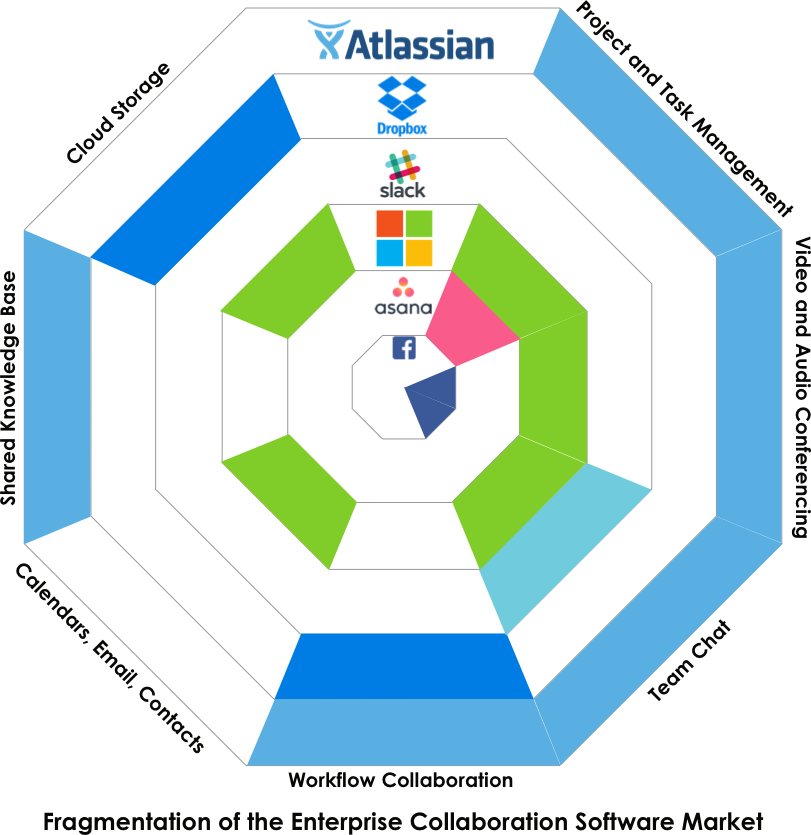Atlassian Slack
We’ve gathered best practices from a variety teams who are using Slack and Atlassian to speed up work and foster collaboration. From remote team bonding to project status updates, there are many ways your team can use these two tools together.
#1 Atlassian Jira - Slack plugin: Bring Jira and Slack together #1 Atlassian Jira - Slack plugin: Bring Jira and Slack together. Customers have installed this app in at least 1,853 active instances. Slack Jira Integration. By Bitband for Jira Cloud. Bitband supports this app. After installing, you'll be guided to log into your Atlassian account to link Slack and Jira; this should only take a minute. After logging in, you'll get a direct message from the Jira Cloud app in Slack. From here, you'll be able to connect your first Jira project to a Slack channel. Once this is set up, the following will become available. Atlassian Community Events Visakhapatnam presents Slack-first Jira: Helping you to maximize your team engagement and productivity Feb 27, 2021. Find event and ticket information. As part of this partnership, Atlassian will discontinue Hipchat and Stride, and provide a migration path to Slack for all their customers. We are purchasing the IP for Hipchat Cloud and Stride to better support that path to Slack, while Atlassian is making a small, but symbolically important investment in our business.
Summary: Slack partnering with Atlassian demonstrates the importance of technology that integrates and is best of breed. When sifting through software options, these are two qualities that are a must.
In software, you have options galore.
A large part of filtering through your options is considering whether you want a single suite solution or best of breed software.
Today, we’re going to use the story of two software giants (Atlassian and Slack) to shed light on the best strategies when it comes to software.
Here we go.
Atlassian
Atlassian offers a software ecosystem centered around streamlining software development.
They aim to enhance collaboration so that software development is as easy as possible for teams.
Since 2000, they’ve both built and acquired all the technology needed to develop and manage complex software.
This includes:
- Project and issue tracking
- Incidence management
- Visual project collaboration
- Git code management
- Incidence altering and escalation
And of course, an instant messaging tool.
First acquired in 2012, HipChat (later rebranded Stride) joined the other Atlassian tools as the weapon of choice for software developers.

HipChat was great as it made communication easy for development teams, dominated the space until 2013.
Then, along came Slack.
Slack
If you haven’t heard of Slack, it’s basically an extra robust instant message tool.
Originally developed as an internal tool, it’s an acronym for Searchable Log of All Conversation and Knowledge — which pretty well explains what it is.
The major benefit of slack, and the reason it has 6 million daily users is that you can run virtually all your company communication through a single tool — which is infinitely searchable by everyone.
Slack surpassed Atlassian’s IM tools for lots of reasons, but a big one is integration.
HipChat works great for integration with the rest of the Atlassian suite — but isn’t really designed to work beyond that environment.
Slack boasts thousands of deep integrations with external applications.
It incorporates programs crucial to the way organizations work like Onedrive, Google Sheets and Dropbox.
Slack also incorporates integration engines like Zapier into its platform, which effectively means teams can use whatever software they want.
Which, in turn, keeps data, communication, and projects moving.
Why Slack won
So how did this happen? Atlassian was an entrenched incumbent with an integrated solution and a dedicated user base.
And to be clear, Atlassian makes good software. Here at Upchain, we actually use several Atlassian products to bring our cloud PLM to market!
And yet, they were displaced by Slack in just five years.
We think this happened for a few core reasons:
- People use software that works for them.
- Slack offered integration that works like its users do.
- The developer silo.
Let’s dig into these a bit more.
1. People use software that works for them
People are lazy.
They use the tools that make their life easier.
And for collaboration and instant messaging, Slack proved to be best of breed for many.
It doesn’t matter if people chose Slack for its features or experience or integrations.
The point is that that’s the tool that people wanted to use in spite of the fact that HipChat lived within the developer world (more on silos in a minute).
The point is that it’s the software that worked for them and because it was free at least to get started, it was incredibly easy for people and teams to discreetly switch to Slack, operating almost backchannel chat threads beyond the HipChat subscription organizations had purchased.
2. Slack offered integration that works like its users do
HipChat and Stride faltered when it came to their integration capabilities.
HipChat and Stride integrated seamlessly the Atlassian product suite, but they didn’t integrate well with programs outside of the Atlassian ecosystem.
This is a big limitation because although these programs are the heart of a developer’s tech stack, they aren’t exclusive to it.
Dev teams still use tools like G-drive and Onedrive, but HipChat and Stride didn’t incorporate these applications into their platform the way Slack did.
What’s more, dev teams work with all sorts of other stakeholders, like customer success, marketing, sales, graphic designers, content producers, and more — all of which are outside the development ecosystem built by Atlassian.
Sure, HipChat was great if you wanted to collaborate with your developer buddies… but what about if you needed to share a business requirements doc or a product roadmap?
That’s where Slack soared.
3. The developer silo
We mentioned siloing earlier, but we wanted to dive into this a bit more.
Atlassian Slack Integration
Silos within organizations are when a specific department or group of users fail to share data easily across other business units.
This might be:
- A geographic silo (e.g. the Mexico plant not sharing manufacturing data with the US plant)
- A department silo (IT/development and engineering are espeically guilty here)
- A team silo (e.g. the Innovation team not sharing data outside its team members).
Silos, while a natural outcome as an organization grows, are pretty terrible across the board.
Teams don’t know what’s going on, data doesn’t move easily and is out of date when it gets there, and project risk almost inevitably increases.
And Hipchat entrenched rather that alleviated siloization.
Atlassian’s products are mostly used by development teams, which means that communication through HipChat and Stride was limited to dev teams.
Atlassian’s IM tools weren’t capable of letting information flow enterprise-wide since not everybody used their platform.
The result — information was siloed, and communication suffered.
If you can’t beat ’em, join ’em: The Slack-Atlassian partnership
Atlassian realized if you can’t beat them, join them.
So in July 2018 Slack and Atlassian joined forces.
The company sold the intellectual property from their IM ventures to Slack in exchange for a slice of equity in the collaboration upstart now worth $7 billion.
In return, Slack got a foot in the door to the Atlassian enterprise and the entire HipChat / Stride user base.
HipChat is being sunsetted, with Slack picking up the, well, slack.
The Lesson Learned
Nobody is good at everything.
Even software giants.
Atlassian is a massive, publically-traded software company.
Ending their last fiscal year with $874 million in revenue, it’s astounding to think that a company of this magnitude wasn’t able to create a better IM tool than Slack.
Which speaks to the power of best of breed.
Even millions and millions of dollars doesn’t allow single suite providers like Atlassian to create the best tools in every domain.
That’s why we think the future is best of breed software, since the demands we’re putting on software are too complex for a single solution to be good at everything.

We think that the future holds more Slack than Atlassian — companies whose strength lies in their best of breed single functionality.
The future holds more Slack than Atlassian — companies whose strength lies in their best of breed single functionality.
Best of breed tools like Slack are able to empower users to use the tools they want to do the jobs they love in a way that single suite providers can’t.
Wrap Up
When it comes to software, you need the tools that work best.
And that’s not just whatever is included in your single suite solution.
Best of breed software lets you fill your tech stack with the software that works best for you, rather than the one size fits all approach single suite takes.
The inherently modular nature of best of breed also means that this software integrates really, really well. Since you’re combining multiple different software solutions, integration isn’t just a line-item feature.
It forms a core part of the value proposition of your product.
Jira Cloud Slack Integration
So when it comes to your software strategy, we recommend two things:
First, get the tools that work for you. Although single suite solutions can be appealing, they usually don’t serve you as well as a collection of best of breed software.
And second, integration is key. The programs you use need to work well with each other for you to get the most out of your tech stack.
Got software questions? We’ve got answers. Get in touch and see how we might be able to help.
Image Credit: Rawpixexl via Unsplash

With this app, you can:

- Display any Slack message on any public channel in Slack in any order on the Confluence page. Intuitive arrangement by copy-and-paste or drag-and-drop
This app gives you the following values
- Source of the idea: Start discussions and develop into projects based on Slack messages displayed together
- Visibility: In Slack, only channel participants see the content of messages, but Confluence makes it more visible to more people
- Give context to chat: Slack is a chat tool, so it's easy to overwhelm large and small topics and fill them up. By consolidating messages and giving context and consolidating them in Confluence, it becomes a resource that can be used in the long term
Give us your feedback on our Trello board!
